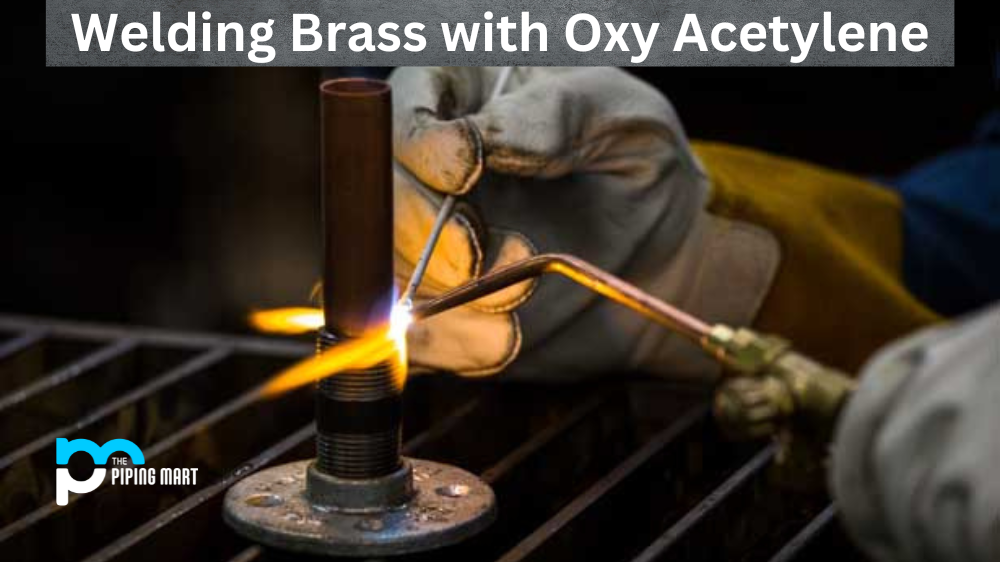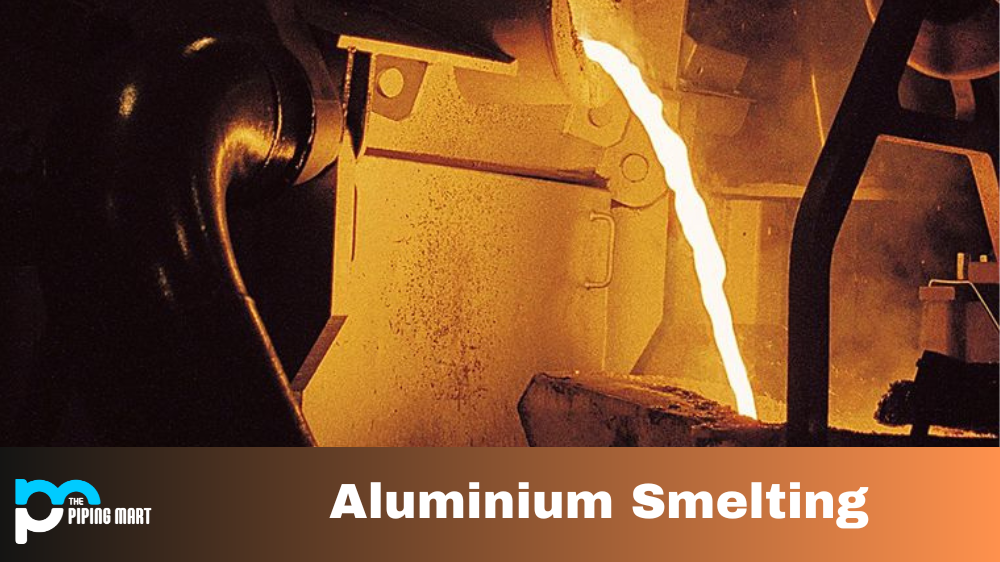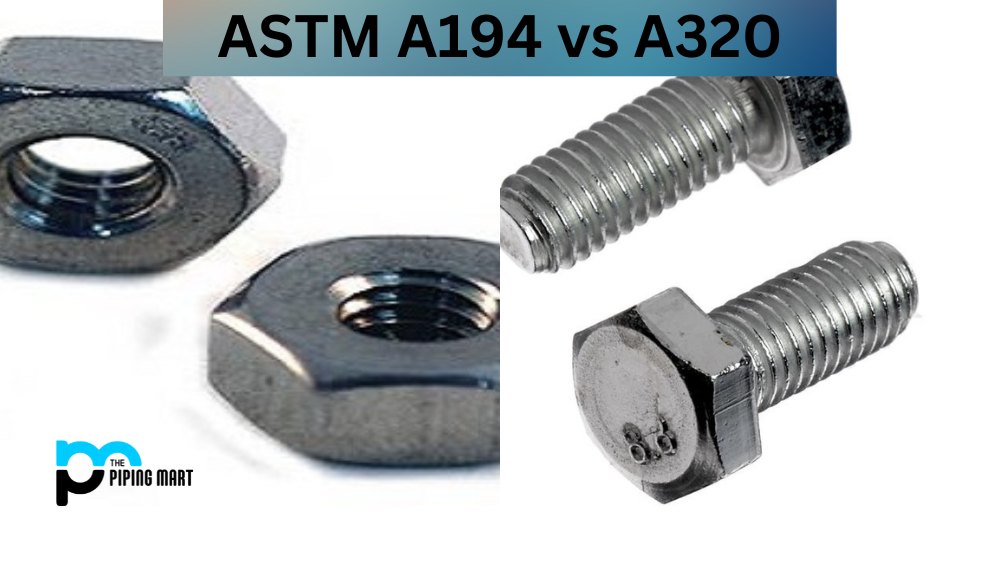When it comes to steel, it’s important to understand the differences between low-carbon steel and high-carbon steel. While both are commonly used in construction and crafting projects, distinct differences make each one better suited for certain applications. Let’s dive into the details of low-carbon and high-carbon steel so you can choose the right material for your next project.
What is Low Carbon Steel?
Low-carbon steel, also known as mild steel, is a type of steel alloy containing 0.04–0.3% carbon. This percentage of carbon is much lower than other types of steel, resulting in a softer and more malleable metal that can be easily bent or shaped with minimal heat treatment or welding. Low-carbon steels also have excellent ductility, making them ideal for use in projects like cold bending or forming operations. Because of their high ductility levels, low-carbon steels require less energy input during fabrication than higher-strength steel grades, making them an economical choice for many projects.
What is High Carbon Steel?
High-carbon steels contain up to 2% total carbon content, while medium-carbon steels contain up to 1%. The higher total carbon content provides these steels with excellent hardness and strength compared to low-carbon options. These properties make high-carbon steel ideal for applications where strength and wear resistance are needed without sacrificing ductility or toughness—such as tools like knives or saw blades—and parts that require a combination of strength and flexibility, like springs or wires. Unlike low-carbon options, these materials must be heat treated before they can be formed into final parts due to their increased hardness levels.
Conclusion:
Now that you better understand the differences between low-carbon steel and high-carbon steel, you can make informed decisions when selecting materials for your next construction or crafting project. Both materials offer unique benefits depending on the application; however, knowing which type best suits your needs can help you save time and money while ensuring optimal results with every task!

Abhishek is a seasoned blogger and industry expert, sharing his insights and knowledge on various topics. With his research, Abhishek offers valuable insights and tips for professionals and enthusiasts. Follow him for expert advice on the latest trends and developments in the metal industry.




